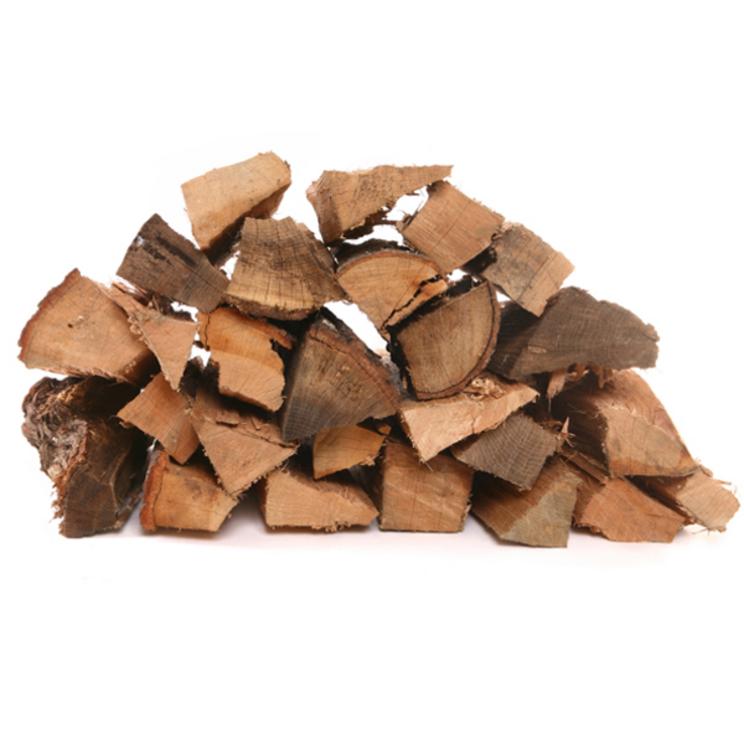NASA releases images of dramatic deforestation in Cambodia
The satellite images highlight the country’s rapid loss of forest – one of the fastest in the world.
Cambodia has one of the world’s highest rates of deforestation, losing a Connecticut-size area of tree cover in just 14 years. This week, NASA released before-and-after satellite images of plantation expansion in central Cambodia that provide a dramatic example of the Southeast Asian country’s fast-paced land cover changes.
Ringed by Thailand, Laos, and Vietnam, Cambodia was once covered in lush rainforests. In them lived now-Endangered animals like Indochinese tigers (Panthera tigris corbetti), wild cattle called banteng (Bos javanicus), and two species of colorful monkeys called doucs, as well as many other kinds of plants and animals.
However, forest conversion for agriculture and other purposes has reduced wildlife habitat significantly, and tigers are now regarded as functionally extinct in Cambodia. According to the UN’s Food and Agriculture Organization (FAO), just 3 percent of Cambodia’s forests were primary as of 2015. And data from the University of Maryland (UMD) visualized on the forest monitoring platform Global Forest Watch shows tree cover loss skyrocketed over the past decade, from around 28,500 hectares lost in 2001 to nearly 238,000 hectares lost in 2010. In total, the data indicate Cambodia lost around 1.59 million hectares from 2001 through 2014 – an area a little larger than the U.S. state of Connecticut, including 38 percent of its intact forest landscapes. Only one intact forest landscape (IFL) remains in the country; IFLs are areas of original land cover that are large and undisturbed enough to retain all their native biodiversity.
NASA Earth Observatory images by Joshua Stevens, using Landsat data from the U.S. Geological Survey and Global Forest Watch (see link below)
Cambodia’s deforestation isn’t just a problem for the wildlife and human communities that depend on the country’s forests; it’s also contributing to global warming by releasing massive amounts of CO2. Data from Global Forest Watch Climate show the country’s 1.59 million hectares of tree cover loss over a 14-year period resulted in around 533 million metric tons of carbon emissions. In comparison, the total 2011 CO2 emissions from Canada’s energy consumption – ranked ninth globally – was around 552.5 million metric tons, according to science advocacy NGO Union of Concerned Scientists and based on data from the Energy Information Agency.
Data from Global Forest Watch Climate show Cambodia’s 2001-2014 tree cover loss resulted in the release of around 552.5 million metric tons of CO2.
In the write-up about its images, NASA points to research that indicates increasing global rubber prices and land concession deals are largely to blame for Cambodia’s deforestation surge. These concessions are allotments of land leased by the government to timber and agriculture companies.
 en.wikipedia.org
en.wikipedia.org
Indeed, NASA’s images show a burgeoning rubber plantation appearing from what appears to have once been dense forest. Additional imagery from Google Earth’s Timelapse satellite imagery viewer corroborated by UMD tree cover loss data indicate plantation construction began ramping up in 2009, with at least 19,000 hectares of tree cover cleared from the area’s rubber concessions by 2014.
In addition to government-sanctioned timber harvesting, Cambodia also has a problem with illegal logging, with research finding around 90 percent of the country’s timber production is illegally procured.
Cambodia has made some gains recently, with the government granting official protection to large swaths of threatened forest in 2016, as well as declaring a new national park – into which conservation organizations are thinking about reintroducing tigers.
While some conservationists are questioning the government’s ability to provide adequate resources to these new protected areas, they still regard the moves as a step in the right direction.
“Formal recognition of the areas is good for conservation, even if we do not have the resources that are required to totally protect them,” Ross Sinclair, country director for the Wildlife Conservation Society, said in a previous interview with Mongabay. “For example, it is harder for land grabs to occur when a site is legally protected, and the new status also allows patrols to occur that are an integral part of protecting the sites.”

